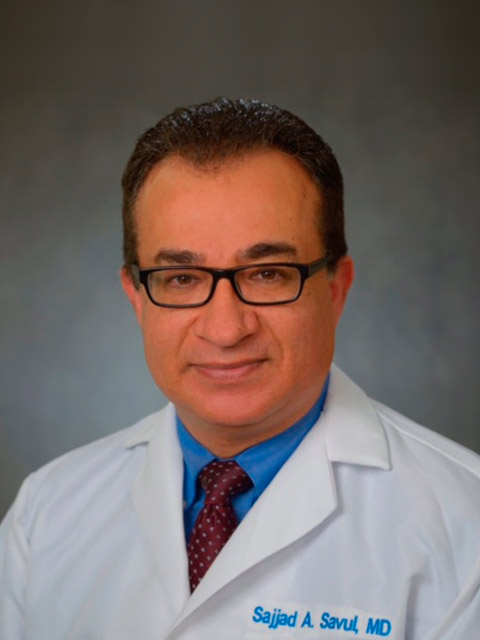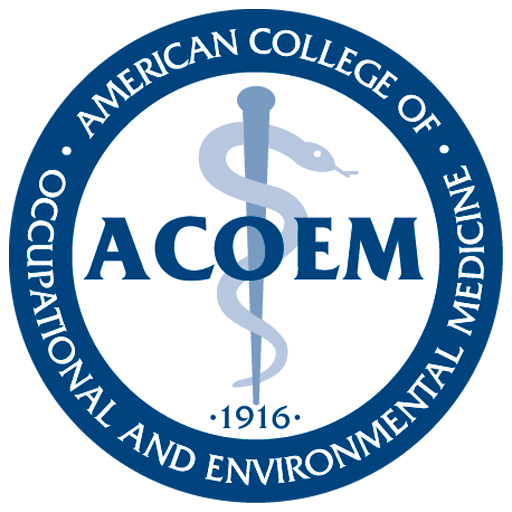
06: U.S. Work Laws and Regulation
Title 49 of the United States Code – Transportation empowers the Federal Aviation Administration (FAA) to regulate and prescribe minimum safety standards for pilots and the aviation industry, including pilot medical certification.
Designated aviation medical examiners (AMEs) perform the vast majority of medical examinations for the approximately 450,000 applicants for pilot medical certificates each year. Approximately 3,500 physicians around the globe are FAA-designated AMEs; they are selected based on geographic need and complete a weeklong training seminar. Ongoing certification requires continuing medical education every three years and compliance with FAA-designated standards for certification and documentation of error rates. Examiners must recognize the responsibility associated with their designation.
Types of Pilot Certification
There is no age restriction or aviation experience required for pilot medical certification; however, some minimum age requirements apply for the various pilot license certificates. The three types of certificates are: First Class (airline transport pilot), Second Class (commercial pilot, flight engineer, flight navigator, and air traffic control tower operator), and Third Class (general aviation: private or recreational pilot).
The BasicMed Rule
As of 2017, general aviation pilots may operate aircraft with no more than six people onboard (among other restrictions) without holding an FAA medical certificate, as long as they meet certain requirements. Pilots must complete a medical education course, undergo a medical examination by a state-licensed physician—who does not have to be an AME—every four years, and comply with aircraft and operating restrictions. AME designation and examination are considered completely separate from BasicMed.
The BasicMed examining physician must follow an FAA BasicMed comprehensive medical examination checklist, which includes a comprehensive physical examination and review of prescription and nonprescription medication(s) that the applicant reports taking, along with the medication’s potential interference with the safe operation of an aircraft. Providers are required to certify that they are unaware of any medical conditions that, as presently treated, could interfere with the pilot’s ability to safely operate an aircraft.
Consequences of a Negligent or Wrongful Certification
The FAA requires that pilots self-report any diagnoses, and under federal law, they are supposed to ground themselves and report any changes in their condition before they can fly again. Primary care providers, whether or not they are AMEs, should be aware that issues of public safety outweigh their individual patient’s concern. Even though there is no directive to report disqualifying conditions to the FAA, the primary care physician should not conceal this information.
AME and non-designated physician examiners may bear legal responsibility for failing to find and/or report a disqualifying condition during the course of a thorough examination. In this situation, both the examiner and pilot examinee may be found to have committed a federal
